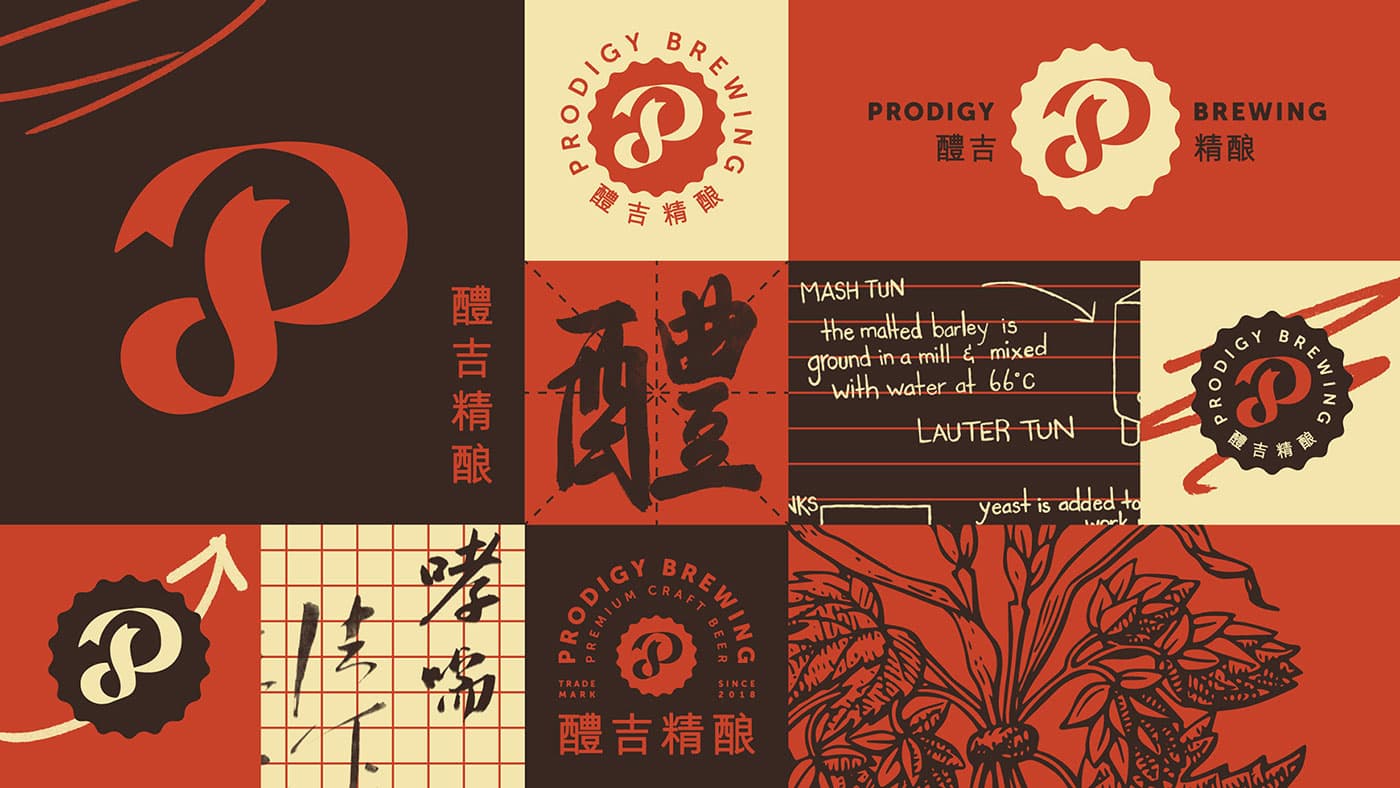Posted
Designed by CODO, Indianapolis.
“If craft beer in America hasn’t reached a saturation point, it’s getting close. This is a bit anecdotal, but the people we look to for beer news, our most ardent beer geek friends, have stopped following local openings, news and festivals — there’s just so much that it’s hard to keep up. But as we increasingly work with breweries outside of the US, in places like Australia, Scotland, Mexico, Argentina, and the Netherlands, we realise there’s another world out there welcoming beautifully made craft beer with open arms. There’s an army of young brewers lining up to meet this demand.

“If craft beer in America hasn’t reached a saturation point, it’s getting close. This is a bit anecdotal, but the people we look to for beer news, our most ardent beer geek friends, have stopped following local openings, news and festivals — there’s just so much that it’s hard to keep up. But as we increasingly work with breweries outside of the US, in places like Australia, Scotland, Mexico, Argentina, and the Netherlands, we realise there’s another world out there welcoming beautifully made craft beer with open arms. There’s an army of young brewers lining up to meet this demand.
From all the emerging craft beer markets around the world, none present such an enticing opportunity as China. For context, the number of breweries in China, now more than 300, has doubled in the past few years. And with more than a billion people in the country, it represents a big enough opportunity that AB InBev has weighed in with a major brewery purchase (Boxing Cat).
While many Chinese craft beers are made with local ingredients such as chrysanthemum, Oolang tea, and Sichuan peppercorns, you’re just as likely to come across familiar American staples like IPAs, porters, stouts, and even some of the trendier styles of Hazy IPAs, barrel-aged programs, and Brett experiments.”






